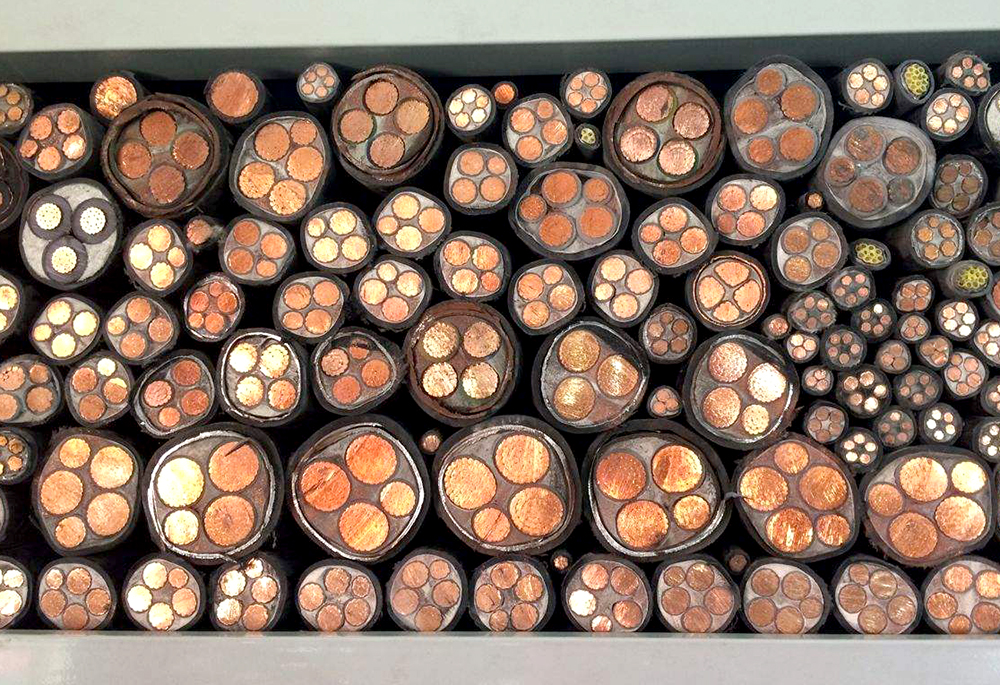Actively develop the ABC cable distribution network to meet the needs of load growth and urban construction (improvement of the city appearance and reduction of land occupation). In recent years, with the extensive use of cables in urban network construction and transformation, cable failures have gradually increased.
It is an important task for electric power workers to discuss the problems that should be paid attention to in the use of cables in urban networks.
1. Analysis of common cable faults The most direct cause of cable faults is breakdown due to insulation degradation.
Analyze the causes of cable failures in recent years, mainly include:
(1) Overload operation. Long-term overload operation will cause the temperature of the power cable to rise and the insulation aging, which will lead to insulation breakdown.
(2) Construction quality. Electrical aspect: the construction process of the cable head fails to meet the requirements, the sealing of the cable head is poor, moisture invades the inside of the cable, and the insulation performance of the cable is reduced; protective measures are not taken when the cable is laid, the protective layer is damaged, and the insulation is reduced. In terms of civil engineering: poor drainage of pipe trenches in industrial wells, long-term soaking of cables in water, impairing the insulation strength; too small industrial wells, insufficient cable bending radius, and long-term extrusion.
(3) Damage by external force. Mainly, it was the brutal construction of machinery in municipal construction, digging wounds and cutting cables.
(4) Corrosion. The protective layer suffers from chemical corrosion or electric corrosion for a long time, which causes the protective layer to fail and the insulation decreases.
(5) The quality of the cable itself or the cable head accessories is poor, and the insulating glue dissolves and cracks, resulting in insulation degradation and accidents.
2. Response measures
(1) The design model should have a proper margin. On-site operating experience shows that for the important load cables that are continuously produced, a proper margin should be left in the design and selection. Although the investment is slightly larger, it can ultimately reduce cable failures and extend cable life.
(2) Laying methods should be adapted to local conditions. Different laying methods should be adopted for different areas. Commonly used laying methods are: direct buried laying, pipe laying, trench laying, laying in tunnels, etc. In urban areas and rainy and humid areas, direct burial should not be used; cable tunnels or cable wells should be used in areas where the number of cables is relatively concentrated; when trenches are not suitable, pipe laying methods can be used.
3) Choose good quality cables and cable head accessories. The quality of the cable is very important to prevent the deterioration of water branches. When choosing a cable, you should have a certain understanding of the production process and management of the cable, so that you can buy a good quality cable and lay the foundation for reducing failures. The quality problems of the cable head accessories will dissolve and crack the cable head insulation, causing the cable to be damp, the insulation drop, and cause accidents; in recent years, we have begun to adopt cold shrinkage on the cable heads and middle heads on both sides of the main cable (especially outdoors) Head craft. Because the processing and installation are more convenient, and it is easy to store and not easy to deform, the construction quality is less affected by human factors, so it is gradually promoted.
